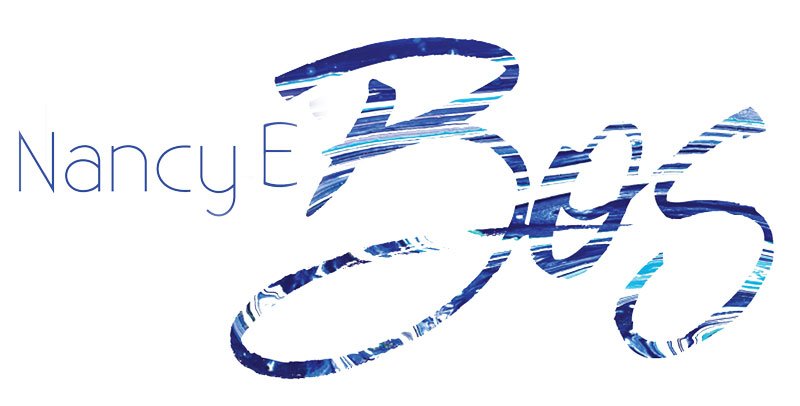Breath and Breathe: Just Breathe
“Breath and Breathe. Audiences want their emotions guided by the song. Breath is a key component in their journey.”
Breath and Breathe.
Feeling tense? Just breathe.
Crying? Just breathe.
Laughing so hard you can’t stop? Just breathe.
Excited about a big win? Just breathe.
In times of extreme emotion, we need to be reminded to take a breath and breathe. The cleansing, calming power of the deep breath helps us recover from the extreme emotions.
Just breathe.
It feels so good, doesn’t it? The breath goes deep into the lungs. The muscles of the ribs stretch. Shoulders open. Back flares. Nose cools. Throat relaxes.
But it isn’t just the extreme emotions that require breath therapy. The little breaths we take when we’re mentally focused on something else are not satisfying; not in the way a “just breathe” breath is.
Emotion affects our breathing.
Breathing affects our emotions.
And songs are vehicles for emotion.
Audiences want their emotions guided by the song. Breath is a key component in their journey.
Some songs take the singer and audience on a journey through conflict and resolution. The audience’s breath is affected. During tension, the audience waits “with baited breath” until the conflict is resolved, for better or for worse, and then they can “breathe again.”
There is a house in New Orleans
They call The Rising Sun.
And many a poor
And Lord I know I’m one.
Some songs help the audience release their own personal conflicts and “just breathe.”
Sittin’ by the dock of the bay,
Watchin’ the tide roll away.
Sittin’ by the dock of the bay,
Wastin’ time.
Some songs force us to release pent-up breath; songs filled with anger, frustration, and social upheaval. Songs can force us to make a choice, take a breath and breathe, and then take action. Sometimes the action is to cry out, like Disturbed’s version of “Sound of Silence” or Aretha Franklin’s “Respect.”
As singers, we have control over the way each audience member breathes. Watch your audience: Watch their breathing.
Do you want them to feel the pain and frustration of the song? You will see it in their restricted breathing.
Do you want them to feel excitement or anger? You will see their energized bodies, breath ready for action.
Do you want them to feel relaxation from the song? They will relax their bodies and breathe through their noses, experiencing the wonderful “just breathe” feeling.
As singers, we must control our own breath. Our breath becomes the dancer’s body, smooth and flowing or choppy and intense. Sustained and sustainable, or demanding and deliberate. Through our breath, we mold the song. Through our breath, we mold the audience’s experience.
Singers are taught to breathe in the most efficient way in order to sing beautiful tones. And yes, it is important to master that skill! Every singer needs to know how to make beautiful tones. But the master singer knows how to mold the breath of the audience through song, too. That requires deliberate choices regarding their own breath.
Next time you sing for someone, focus on their breathing. Can you change their breathing through yours, without them even knowing it? If you can do this, they will have experienced an emotional journey. They will have been moved by you.
By Nancy Bos. Copyright 2019, All rights reserved.

